Africa’s Bold New Move: A £3.5M Research Centre is Turning Waste into Renewable Energy
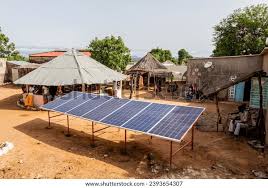
Africa’s energy future is getting a serious upgrade. With millions still living without electricity and mountains of e-waste piling up, something has to change. That’s where the Circular Economy Powered Renewable Energy Centre (CEPREC) comes in—a £3.5 million initiative designed to do something no one has done before: turn waste into clean energy, at scale, for the people who need it most.
Funded by the UK Government’s Ayrton Fund, CEPREC is bringing together over 30 partners—from researchers to policymakers to industry leaders—across Nigeria, South Africa, Kenya, Sierra Leone, Namibia, and Rwanda. The goal? To create affordable, sustainable energy solutions while tackling Africa’s growing e-waste problem.
For Professor Muyiwa Oyinlola, CEPREC’s Director, this isn’t just about technology; it’s about shifting mindsets. “CEPREC was set up to change the way we think about waste—turning it into opportunity, empowering communities, and driving economic transformation,” he says. That means looking at old solar panels, used lithium-ion batteries, and discarded electronics not as waste, but as valuable resources that can power homes, schools, and businesses.
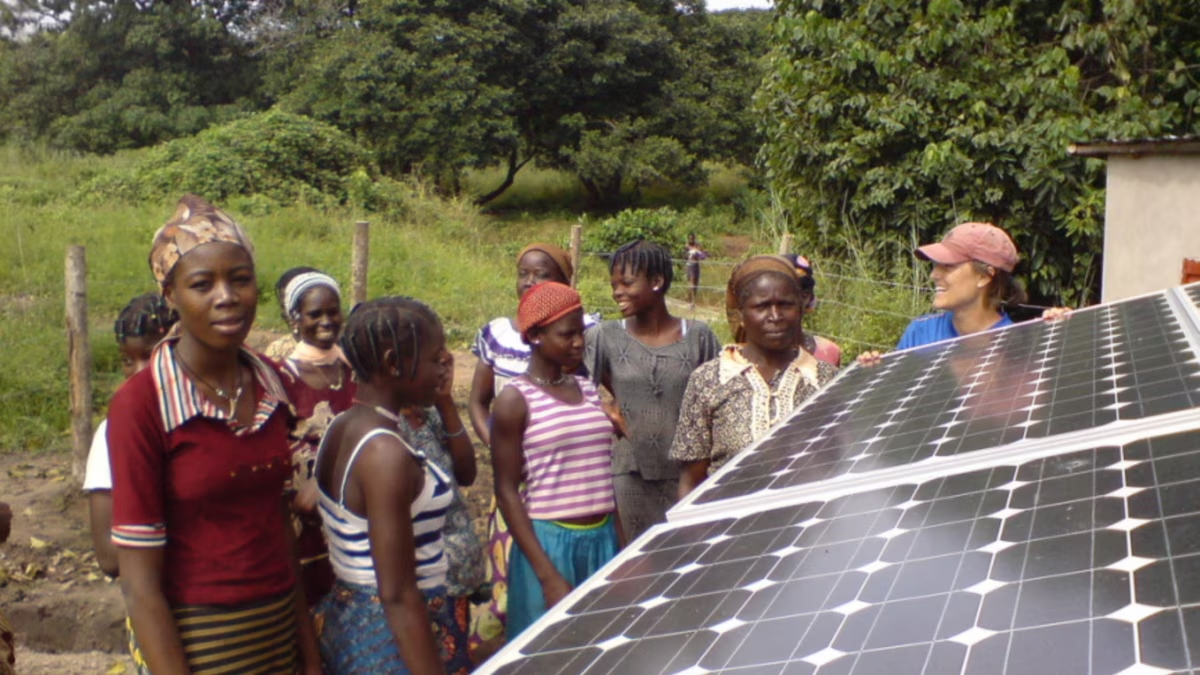
This approach is particularly important for countries where access to electricity is still a daily struggle. While 85% of people in South Africa have electricity, in rural Sierra Leone, that number is just 5%. Economically, there’s also a huge gap—Nigeria’s GDP stands at $477 billion, while Sierra Leone’s is just $4 billion. These differences matter. They mean solutions can’t be one-size-fits-all. CEPREC’s work is designed to be adaptable, helping both high-energy urban centers and remote, off-grid communities build sustainable, long-term energy systems.
But technology alone isn’t enough. Professor Layi Alatise, Deputy Director (Engineering) at CEPREC, stresses that for these solutions to work, people on the ground need to have the skills to maintain and expand them. “When technology is implemented without local capacity to maintain and expand it, sustainability is compromised. CEPREC will prioritize knowledge transfer and skills development to ensure long-term impact,” he explains.
CEPREC isn’t working alone. Some of the world’s top research and policy institutions—including De Montfort University, the University of Warwick, and Chatham House—are involved. Dr. Patrick Schroeder, Senior Research Fellow at Chatham House, points out that solving Africa’s energy challenges isn’t just a technical issue—it’s a policy one too. “The transition to a circular economy is not just an environmental imperative; it requires a comprehensive international policy framework that fosters innovation, collaboration, and sustainable practices across all sectors,” he says.
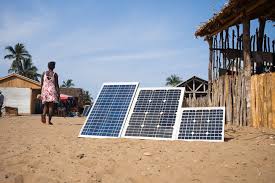
The project is also deeply aligned with global sustainability goals, particularly the United Nations Sustainable Development Goals (SDGs):
SDG 7: Affordable and Clean Energy
SDG 12: Responsible Consumption and Production
SDG 13: Climate Action
For Abi Okoya, Head of Strategic Partnerships at CEPREC, this is more than just a research centre—it’s the beginning of something much bigger. “This is more than a centre—it’s a movement. We’re bringing together government, industry, and academia to create innovative, circular solutions that will redefine how we power our communities. We invite stakeholders across Africa and beyond to join us in scaling impact, driving policy change, and ensuring Africa leads the global transition to sustainable energy,” she says.
The message is clear: Africa’s energy future isn’t just about keeping the lights on—it’s about doing it smarter, greener, and more sustainably than ever before. CEPREC is inviting researchers, policymakers, and industry leaders to be part of this transformation. Because change isn’t just coming—it’s already here.
Trending Now
Hot Topics
Related Articles
Rwanda to Showcase Ambitious Climate Action at COP30 in Belém, Brazil
As global attention turns to the Amazon basin this November, Rwanda is...
Rwanda’s Circular Food Future: From Policy to Practice, a Nation Redesigns its Food Systems
At a bustling forum in Kigali, policy-makers, development partners, and entrepreneurs gathered...
Empowering Women, Nurturing Forests: Lessons from Gishwati-Mukura’s Beekeepers
Rwanda celebrated the International Day of Biosphere Reserves on November 3–4, 2025,...
After Three Women Crossed Continents for Bees, Rwanda’s Biosphere Day Buzzes with Empowerment
As the world prepares to celebrate the International Day for Biosphere Reserves...


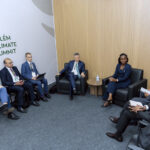







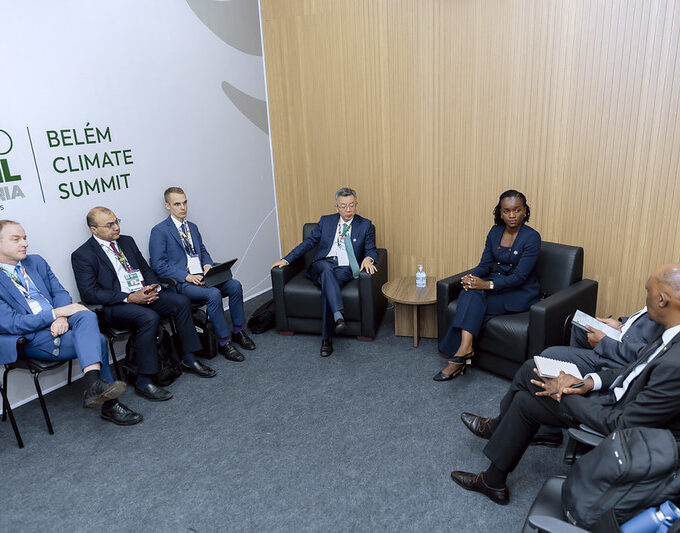
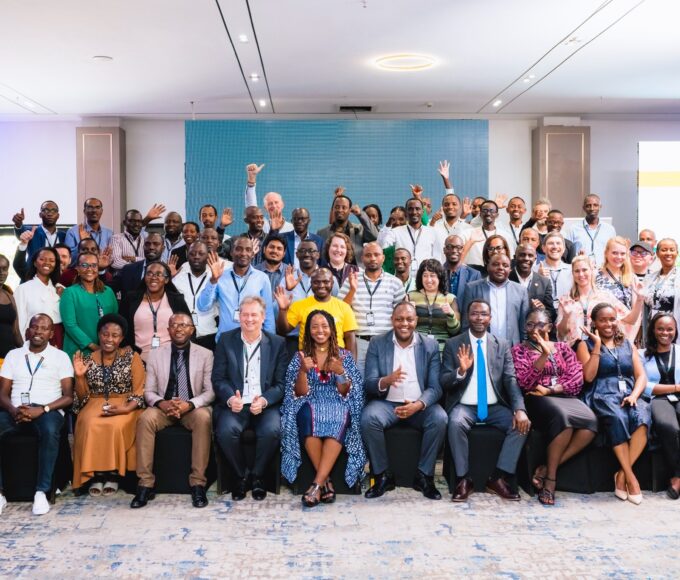
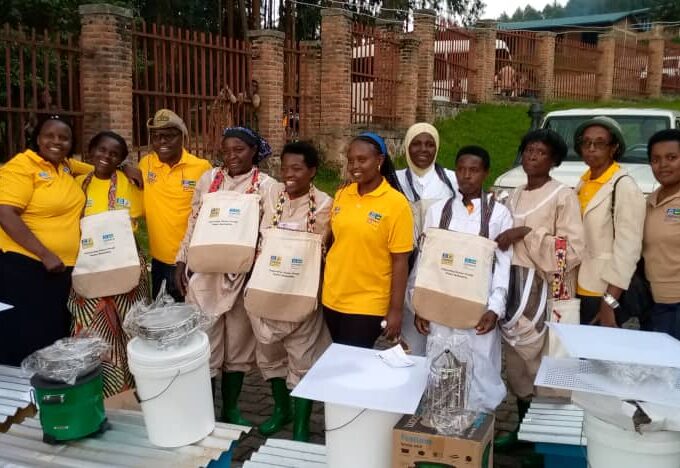
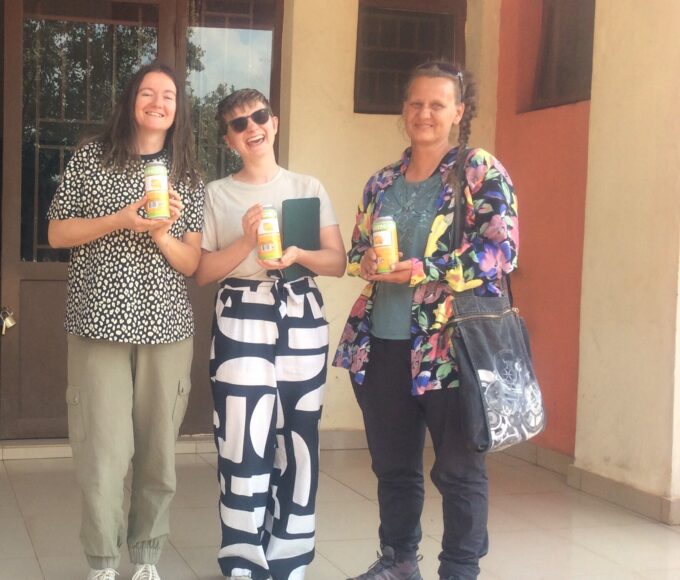
Leave a comment